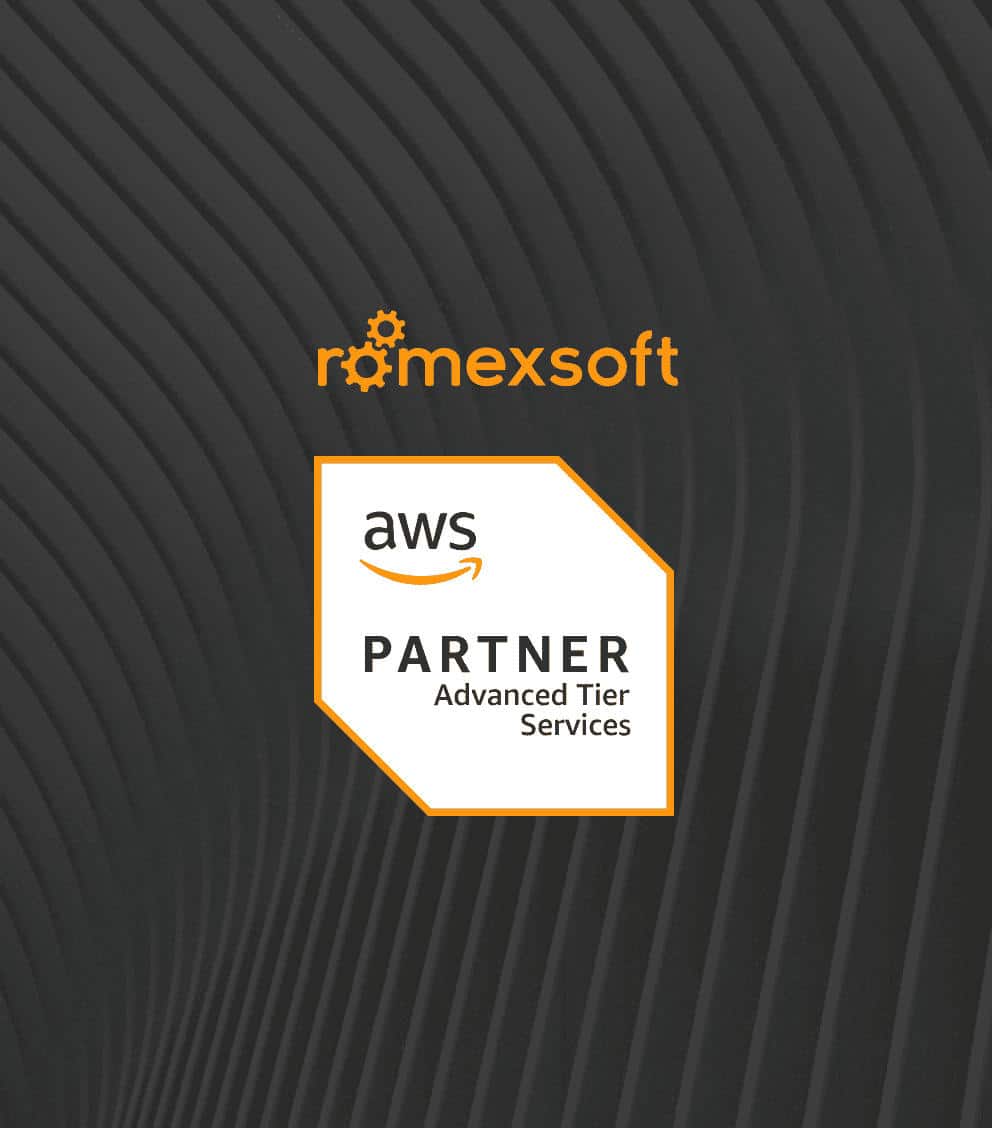Securing a Healthcare Web Platform Through AWS WAF Implementation
Discover how we strengthened the cybersecurity of a healthcare web platform, automating threat mitigation and securing patient data.

Our Customer
Health Web Platform
Healthera is a digital healthcare platform that enables patients in the UK to manage their prescriptions, medications, and health services in one place on the web.
For pharmacies and healthcare providers, Healthera helps future-proof their services in a world where patients expect digital-first solutions, reduces administrative burden, and drives business growth.
The Challenges
Addressing Cybersecurity Risks in a Data-Sensitive Web Platform
As a client’s platform handling a vast amount of sensitive medical data and patient transactions, it faced growing cybersecurity risks that threatened data security, application performance, and availability.
Key challenges which customer faced included:
- Frequent Bot Attacks
The platform experienced a surge in automated login attempts, raising concerns about credential stuffing and unauthorized account takeovers. - Web App Vulnerabilities
The evolving cyber threat landscape increased the platform’s exposure to SQL injection (SQLi) and cross-site scripting (XSS) attacks. These emerging threats heightened the likelihood of data breaches and unauthorized access. - Access Control Issues
The app also required strict whitelisting and blocking policies to prevent unauthorized users from accessing sensitive executive and transactional data.
THE SOLUTION
Implementing AWS WAF as a Security Solution
To automate threat prevention, control website access, and ensure compliance,, we implemented AWS Web Application Firewall with a combination of managed and custom security rules, specifically:
Multi-Layered Web Protection with AWS WAF
- Bot Control
Prevented malicious bot traffic while ensuring uninterrupted access for legitimate users. - AWS Core Rule Set (CRS)
Protection against SQL injection, XSS, and PHP-specific vulnerabilities commonly exploited in healthcare platforms. - Managed Rules for WordPress
Blocked request patterns targeting WP vulnerabilities, ensuring security for the site’s content management system. - IP Reputation Lists
Automatically blocked traffic from known malicious IPs, reducing exposure to botnets and attack networks. - Rate-Based Rules
Limited excessive requests per IP, protecting against credential stuffing, brute-force attacks, and DoS attempts. - IP Whitelisting
Ensured that only trusted IP addresses could access sensitive administrative areas, strengthening access control.
Edge-Level Security and Monitoring Integration
To enhance both security and system performance, AWS WAF was integrated with the following AWS services for edge-level filtering and real-time monitoring:
- Amazon CloudFront
Applied security rules at the CDN edge, blocking threats before they could reach the origin server, reducing latency and server load. - Amazon CloudWatch
Provided real-time threat monitoring and traffic analysis, enabling data-driven security adjustments.
Automation and Continuous Refining
A combination of AWS Managed Rule Groups and rate-based rules delivers ongoing protection by automatically updating defenses against the OWASP Top 10 threats, malicious IPs, SQL injection attacks, PHP-specific vulnerabilities, and bot activity. These rules adapt to emerging security risks, significantly reducing the need for manual intervention.
By leveraging AWS WAF Managed Rule Groups, we ensure security policies remain consistently aligned with the latest threat intelligence, strengthening the overall resilience of your applications against web attacks.
The Results
Reduced Cyber Threats and Enhanced Platform Reliability
By implementing AWS Web Application Firewall, we equipped the client’s web platform with built-in threat detection that significantly enhanced its security posture, streamline operations, improve application performance, and reduce operational overhead.
Key achievements in details:
- Reduction in Malicious Traffic
Strengthened protection against SQL injection, XSS, and automated attacks, ensuring data comprehensive security. - Lower Infrastructure Costs
Rate-limiting and request filtering optimized server load, reducing unnecessary compute cloud resource consumption. - Increase in Application Uptime
Eliminating bot traffic and malicious requests improved platform availability and response times for legitimate real users. - Faster Security Incident Response
Automated threat mitigation minimized manual intervention, allowing IT engineering to focus on critical tasks, thus lowering administrative workload. - Compliance and Access Control
IP whitelisting and request blocking policies ensured strict security compliance and controlled system access.
Why Romexsoft
Engineering Web Application Security Solutions for Healthtech
Our company has a proven record in implementing AWS WAF and cloud security solutions as a trusted AWS WAF Delivery Partner. The clients benefit from improved application availability, reduced exposure to web threats, and lower operational overhead through automated, AWS-native security practices.
Examples of our recent WAF delivery results include:
- Centralized security policy management
- Integrated real-time threat insights from CloudWatch and OpenSearch
- 30% cost reduction through automated WAF rule management and monitoring
- Automated alerts and accelerated incident response with CloudWatch and SNS.
AWS WAF Implementation FAQ
AWS WAF helps healthcare web apps be focused on real threats by filtering noise before it reaches analysts. It uses AWS Managed Rules and Bot Control to block common attacks automatically, while scope-down statements and regex filters reduce false matches on critical endpoints like patient portals or FHIR APIs. Through labels and rate-based rules, alerts are prioritized by severity and context, high-risk traffic triggers immediate action, while low-confidence events are logged for review. WAF logs sent to CloudWatch, OpenSearch, or Security Hub enable automation, ensuring security teams see fewer, more relevant alerts and can respond faster to actual incidents.
AWS WAF protects FHIR-based APIs by filtering and validating traffic before it reaches backend systems that store patient data. It inspects each request for malicious payloads, enforces allowed methods and headers, and blocks invalid or suspicious requests. Rate-based rules prevent abuse or scraping, while IP and geo restrictions limit access to trusted healthcare partners. With logs and alerts sent to CloudWatch, healthcare teams can detect anomalies faster and maintain HIPAA-compliant protection for sensitive FHIR data.
AWS WAF helps maintain application availability during spikes by filtering non-essential and malicious traffic before it reaches backend systems. It uses rate-based rules to throttle excessive requests and Bot Control to block automated scripts or DDoS-like behavior that could overload APIs or forms. IP reputation lists and geolocation filters ensure only legitimate users are served, while CloudFront integration distributes traffic globally to balance load.
Together, these measures keep registration portals and healthcare apps responsive, even under heavy or unpredictable demand.
When handling web traffic that may include PHI, it’s critical to ensure WAF logs are collected and stored in a HIPAA-compliant way. AWS provides secure mechanisms for doing this:
Send WAF logs to Amazon S3 with KMS encryption and tight IAM access controls to protect sensitive data.
Use log redaction to mask identifiers or authorization headers before storage.
Stream logs through Kinesis Firehose with TLS encryption, and track all access via CloudTrail and AWS Config.
Integrate with CloudWatch or Security Hub to detect anomalies, keeping all WAF log management encrypted, auditable, and HIPAA-compliant.


